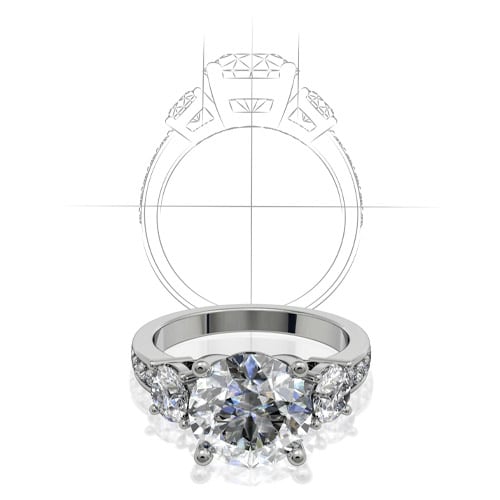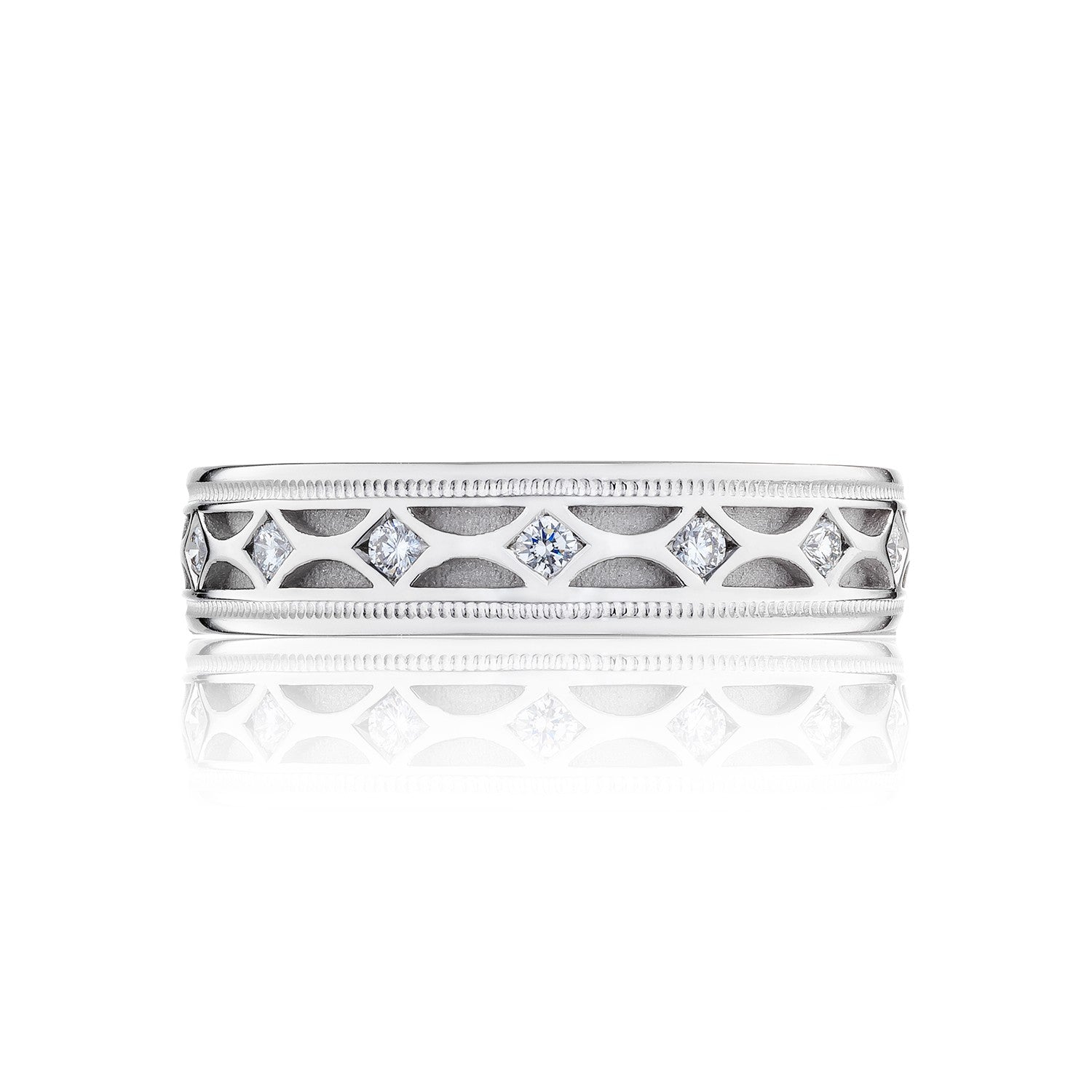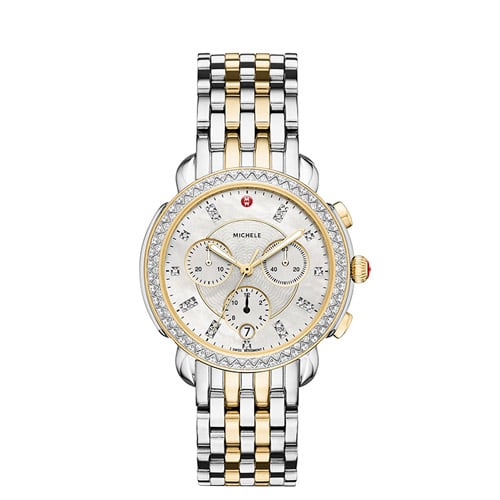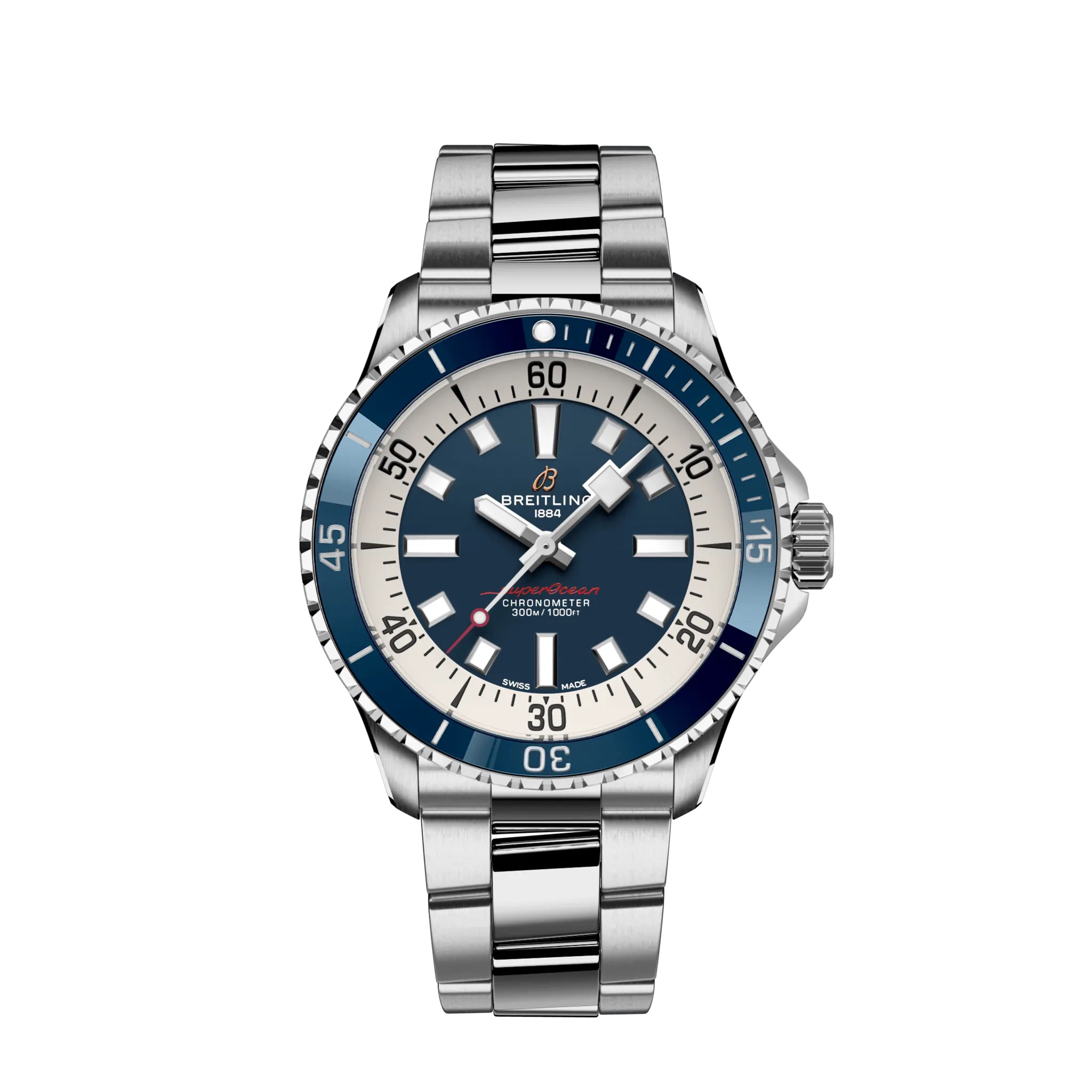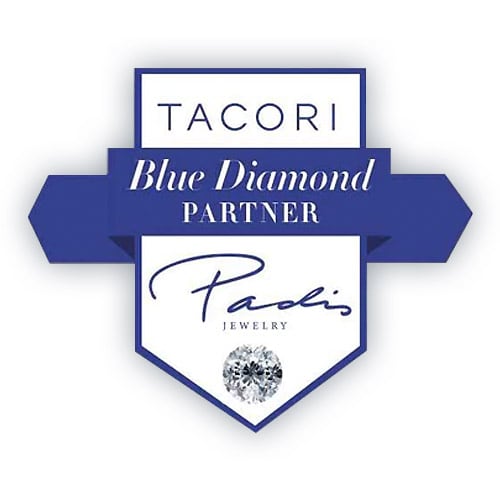Natural vs. Lab-Grown Diamond Engagement Rings: Which Is Right for You?
Are you in the market for a diamond engagement ring and confused about the difference between natural and lab-grown diamonds? You’re not alone. The Padis family works with hundreds of couples every month who want to understand the distinction before browsing our showrooms. Especially when it comes to purchasing diamonds, it's always our goal to educate you first so you can make the best, most informed decision.
Scientifically, natural and lab-grown diamonds are both considered real. Both are made of pure carbon crystallized under high heat and pressure (unlike a cubic zirconia or moissanite which have different chemical and physical properties). As with many major purchases, it may come down to cost, but there are other key factors to consider. This article will give you the facts you need to purchase the right ring with confidence.
What Are Natural Diamonds?

If natural and lab-grown diamonds are chemically and physically identical, what’s the big difference? About three billion years.
Natural diamonds were formed deep within the earth under extreme pressure and high temperature billions of years ago. Volcanic activity brought them to the surface, where they must be mined to be considered “natural diamonds.” In addition to carbon, natural diamonds typically contain trace amounts of other substances, such as nitrogen, and bits of foreign material that were trapped when they were still forming eons ago.
What Are Lab-Grown Diamonds?
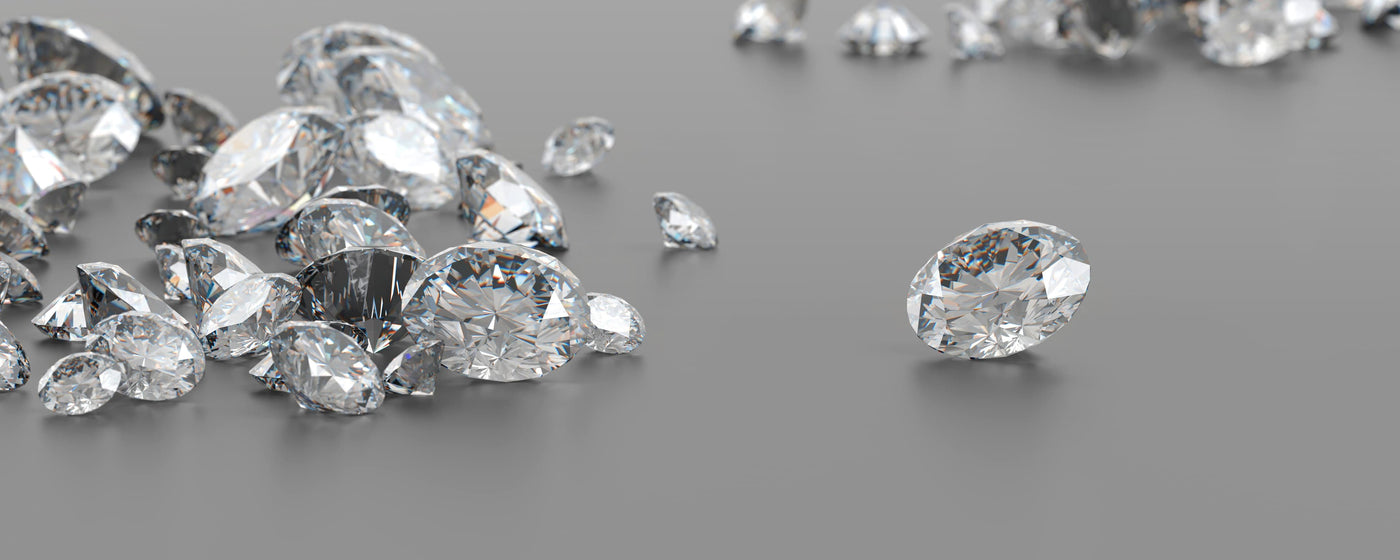
Lab-grown diamonds (sometimes called man-made or synthetic diamonds) are created in a laboratory using two methods: high pressure high temperature (HPHT) and chemical vapor deposition (CVD). Both methods simulate the conditions under which natural diamonds are formed — but do so in just six to 10 weeks. Although identical in appearance to natural diamonds, they have defining characteristics such as metallic inclusions and ultraviolet fluorescent coloring that can be detected by our Gemological Institute of America (GIA) experts.
Origin, Age, Cost and Value
The four biggest differences between natural and lab-grown diamonds are their origin, age, cost and value. All four are inextricably linked. In economics, scarcity is the prime determinant of both cost and value. Natural diamonds are rare, finite and take ages to form, while lab-grown diamonds can be produced in large quantities on command, making them less valuable — and therefore significantly less expensive. Let’s look at each factor:
- Origin and age — Sourced from the earth formed over billions of years vs. grown in a laboratory in six to 10 weeks. ‘Nough said.
- Cost — Depending on quality, on average a lab-grown diamond is 20-30% the cost of a similar natural diamond. In addition, although lab-grown diamonds can be quite large, they are limited in carat size and usually top out at 20 carats, which also holds down their cost.
- Value — Historically, natural diamonds have appreciated in price by approximately 3% (per year, on average, over the last 35 years). The cost of lab-grown diamonds, on the other hand, continues to decline due to mass production.
Because of the significant price difference, consumers must be certain whether the stone they’re buying is natural or lab grown. The untrained eye cannot tell the difference, and even a GIA-certified gemologist needs special tools to detect them. GIA grading reports for laboratory-grown diamonds are significantly different from those for natural diamonds, right down to the terms used to report color and clarity grades.
Why Do Some People Insist on One Type of Diamond or the Other?
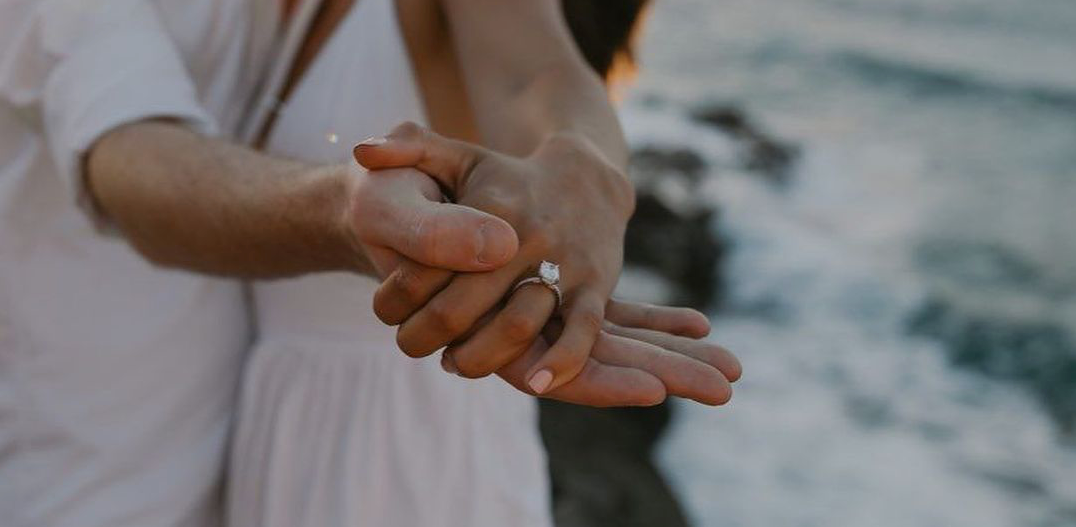
Some people insist on natural diamonds because, well, they’re diamonds. From deep below Earth’s crust to the hands of a jeweler is a lengthy, miraculous journey. To wear something that has grit behind its beauty is to say that a marriage will endure, come what may, and emerge stronger and more beautiful than before. Add to that tradition and prestige. Beginning in the 15th century, a diamond engagement ring became the ultimate symbol of eternal love and, frankly, wealth and social rank.
Not everyone favors tradition, though. Tech-savvy and socially conscious Gen Z buyers may lean into lab-grown diamonds not just because they’re more affordable but also because the technology is pretty amazing — and they’re considered ethical and eco-friendly. Because they’re not mined, they’re often labeled “conflict-free” and “responsibly sourced.”
All natural diamonds at Padis Jewelry are responsibly sourced.
These distinctions merit a closer look, however. Diamond mining practices have received worldwide attention, and the industry has responded. Today, many natural diamond suppliers adhere to strict labor and environmental standards and can demonstrate a complete chain of custody for their gemstones. At Padis Jewelry, all of our diamonds are handpicked by Steve Padis from suppliers that adhere to the strictest practices, and we’re intimately aware of the chain of custody for every diamond that we sell.
As for environmental concerns, creating a single diamond in a lab takes a huge amount of power, and most labs in places like China, Singapore and the U.S. rely heavily on fossil fuels, so the carbon footprint is considerable. Think of the dilemma regarding hybrid and electric vehicles: we want to drive them because they burn less gasoline, but given today’s technology, creating the lithium battery pack for an EV is also known to be huge.
Decision Time: You Can’t Make a Wrong Choice
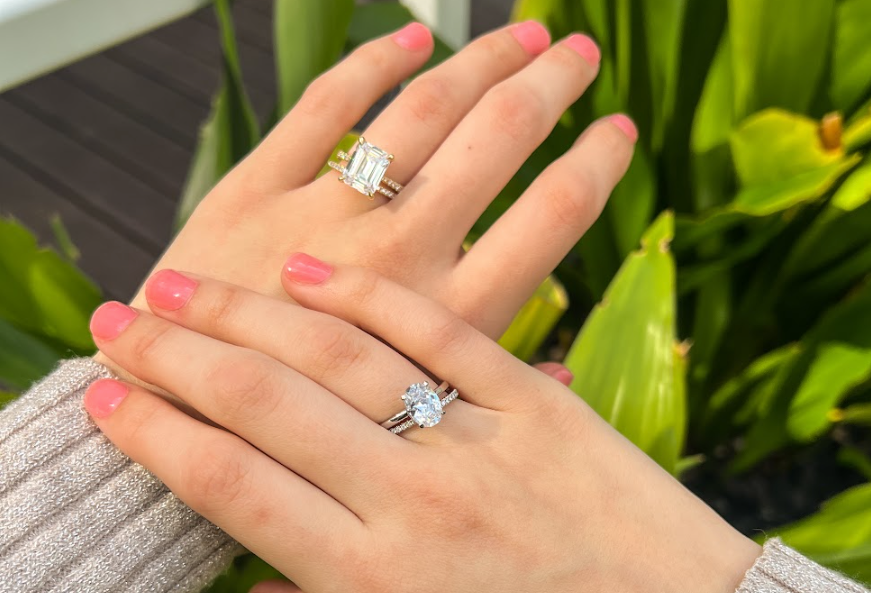
The choice between natural and lab-grown diamonds ultimately comes down to personal preference and budget. Natural diamonds are more expensive, but they retain inherent value over time, and Padis Jewelry can guarantee that they’re ethically sourced. In recent years, the explosion of budget-friendly, scientifically identical lab-grown diamonds has redefined the jewelry industry, opening up sophisticated choices to a broader market. If you’re less concerned with resale or investment value than making a statement with a stunning setting, for example, you’ll probably want to explore our lab-grown selection. Best of all, the many jewelry designers whose lines we carry can create the exact ring you desire with either natural or lab-grown diamonds.
See for Yourself: Visit Our Showroom
Now that you understand the differences between lab-grown and natural diamonds, come see our extensive inventory of both at a Padis Jewelry showroom in downtown San Francisco, Napa Valley and Walnut Creek. Maybe this article raised additional questions. One of our non-commissioned salespeople will answer them thoroughly, help you explore your options and zero in on the right stone and setting. Our goal is to ensure you’re thrilled with your choice and 100% comfortable knowing you found the best value for your budget.


